March 2018
March 1, 2018
May 2018
May 1, 2018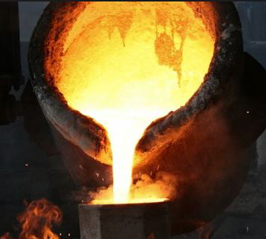
Top Story: Steel and Aluminum Tariffs Expanded to Include FTZs
Recent Tariff Moves May Start The Dominoes Falling For Foreign-Trade Zones
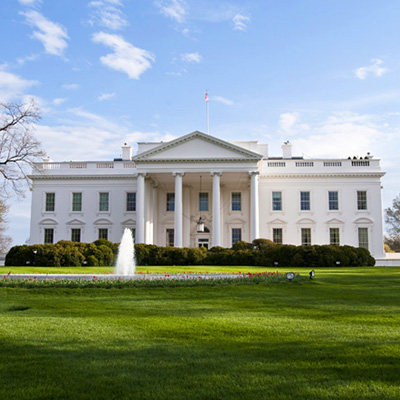
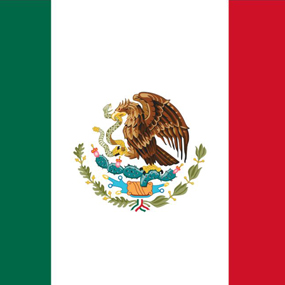
NAFTA Progress Unlikely Before Summer Election
South Korea Hands the White House Its First Trade Victory, or Maybe It Was North Korea
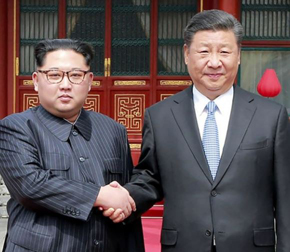
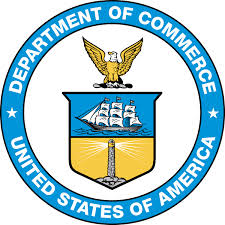
U.S. Foreign-Trade Zone Board Activity
- Plaza Warehousing & Realty Corporation received approval for subzone status subject to the existing activation limit of FTZ 61 in Caguas, Puerto Rico. LEARN MORE
- BGM America, Inc. received approval for limited proposed production of Sailboats, Cabin Cruiser Powerboats, and Outboard Motor Boats, concerning a restriction requiring that a significant list of components be admitted to the subzone in privileged foreign status in their facility within Subzone 127A, in Marion, South Carolina. LEARN MORE
- The Rhode Island Commerce Corporation, grantee of FTZ 105, requested the authority to reorganize zone 105 under the alternative site framework (ASF) adopted by the FTZ Board. LEARN MORE
- The Madawaska Foreign-Trade Zone Corporation, grantee of FTZ 179, requested the authority to reorganize the zone under the alternative site framework (ASF) adopted by the FTZ Board. LEARN MORE
- Fuling Plastic USA, Inc. received approval for proposed production of Disposable Plastic and Paper Service Ware and Kitchenware Products in its facility within FTZ Subzone 272C, in Allentown, Pennsylvania. LEARN MORE
- Plaza Warehousing & Realty Corporation was granted approval for the creation of FTZ sub-zone 61T in Caguas, Puerto Rico. LEARN MORE
- Valeo North America, Inc. received approval for proposed production of Automotive Clutch and Compressor Assemblies for its facility within Subzone 47D, in Winchester, Kentucky. LEARN MORE
- The application by Valeo North America, Inc. to establish Subzone 47D was approved for in Winchester, Kentucky. LEARN MORE
- The application to establish Subzone 144C by Orgill, Inc., was approved in FTZ 144 in Tifton, Georgia. LEARN MORE
- Lam Research Corporation (Lam) has requested expanded subzone status for FTZ 18. Subzone 18F consists of 13 sites in Fremont and Livermore, located in Tracy, California. LEARN MORE
- Hyster-Yale Group, Inc. has requested an expansion of Subzone 98D for its facility in Sulligent, Alabama. LEARN MORE
- Swagelok Company (Swagelok) has submitted a notification of proposed production activity for their facility in FTZ 40 located in Solon, Willoughby Hills, Highland Heights, and Strongsville, Ohio. LEARN MORE
- E.R. Squibb and Sons, LLC has requested the expansion of Subzone 49C for its facility located in New Brunswick, New Jersey. LEARN MORE
- Quad/Graphics, Inc.—Chemical Research\Technology (Quad/Graphics—C\RT), has submitted a notice for proposed production of Offset and Gravure Publication Printing Ink for their facility in FTZ 41 located in Hartford and Sussex, Wisconsin. LEARN MORE
- Cummins, Inc. has received approval for proposed production of Gas and Diesel Engines in their facilities within Subzone 23D, in Lakewood and Jamestown, New York. LEARN MORE
- Estee Lauder Inc. received approval for proposed production of Skin Care, Fragrance, and Cosmetic Products in its facility within FTZ 35, in Bristol and Trevose, Pennsylvania. LEARN MORE
Is the Cold in Washington On Its Way Out Or In?
The cherry blossoms are out (and looking beautiful, we must say) in your Nation’s Capital, which is usually a sure sign that Spring and warmer weather are finally here. On the trade front however, warmth is less easy to find. Diplomatic expulsions and the imposition of a historic number of punitive tariffs have rattled trading partners and stock markets. Then the end of month brought the conclusion of the first set of FTA renegotiations, with improved export terms for the United States. Hopefully those cherry blossoms are telling us something after all.

